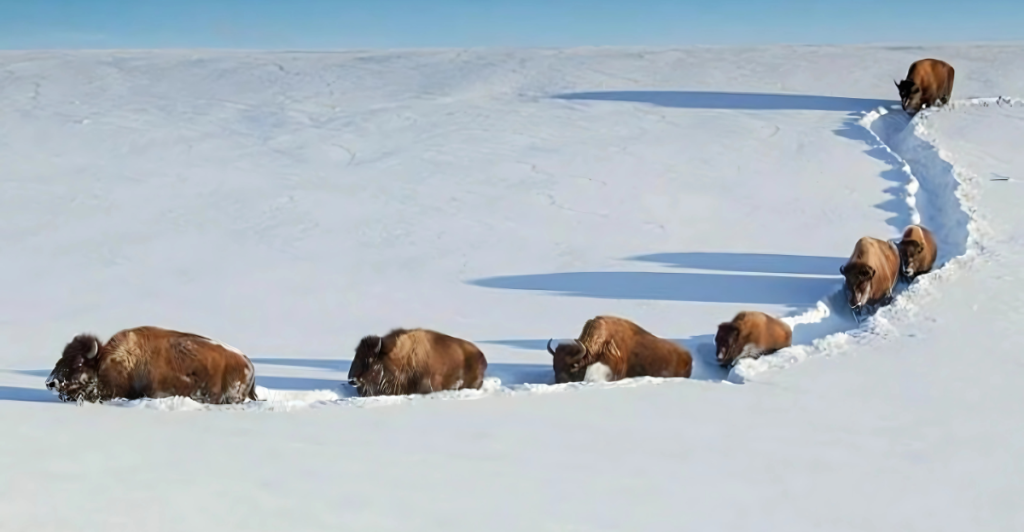
Yellowstone National Park has been home to large herbivores like bison and elk for over 2,000 years, shaping the landscape in ways we’re only beginning to understand. But how do we know this? Through chemicals preserved in lake sediments, scientists have uncovered a fascinating record of these giants. What can these ancient clues tell us about their ecological impact?
Tracking Ancient Dung: How Lake Sediments Tell the Story
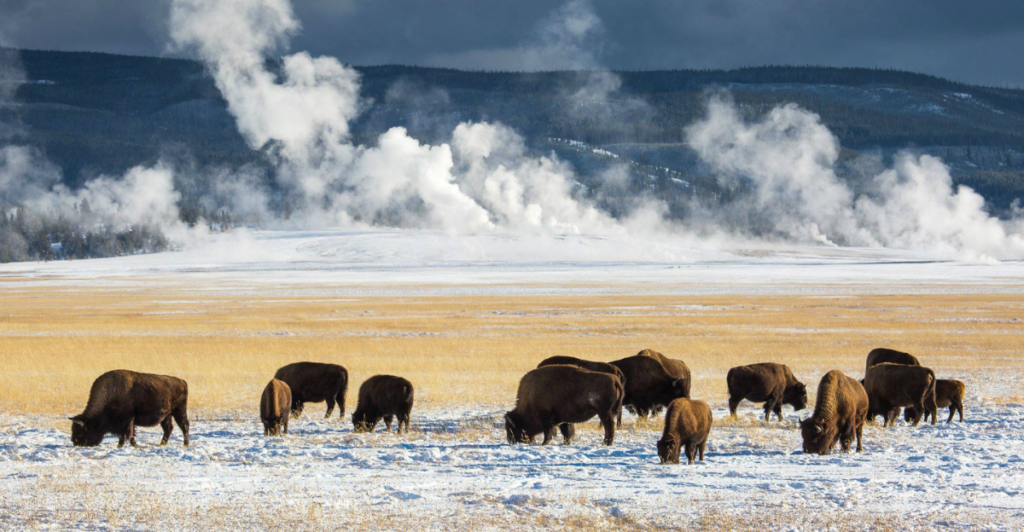
Scientists dug deep into Yellowstone’s lake sediments, uncovering steroid markers from ancient dung. These biomarkers helped identify which herbivores roamed the region, offering an unprecedented glimpse into wildlife that lived over 2,000 years ago—shedding light on how bison, elk, and other giants shaped the landscape.
Who Were Yellowstone’s First Giant Herbivores?
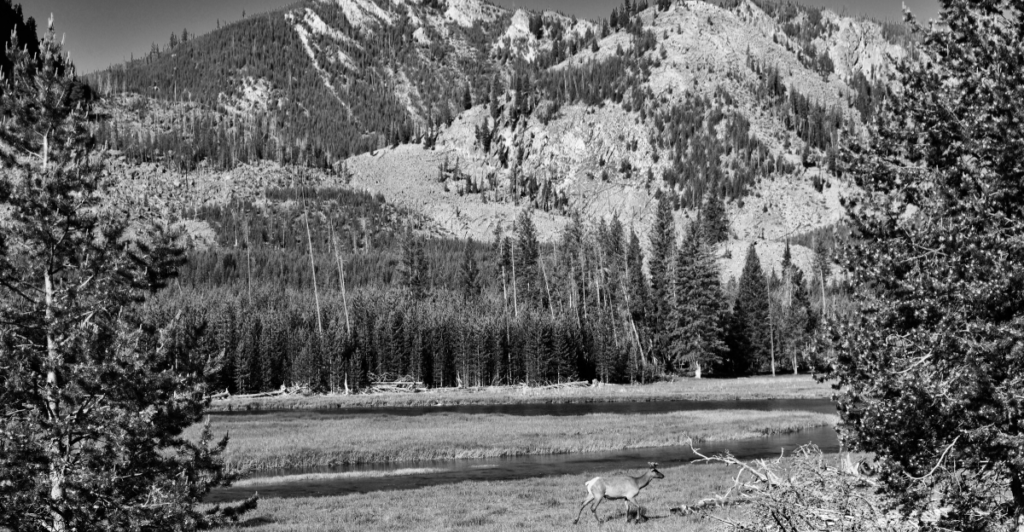
Before bison dominated Yellowstone, other giants roamed the land. Moose, pronghorn, and mule deer left traces in the soil. The research identified their dung through unique steroids preserved in the sediments, showing that these majestic creatures have been integral to Yellowstone for centuries, long before European settlers arrived.
Bison and Elk: The Key Players in Yellowstone’s Ecosystem
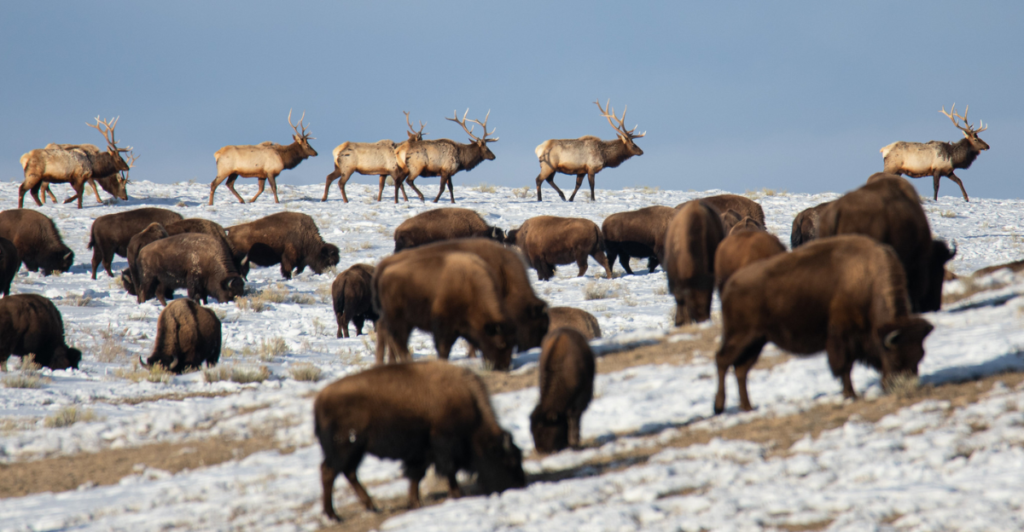
Bison and elk have been at the heart of Yellowstone’s ecosystem for over two millennia. These massive grazers shaped the land by eating key forage plants like willow and Idaho fescue. Their impact goes beyond grazing—these giants influenced the plant life and even the nutrient flow in nearby lakes.
The Role of Moose, Mule Deer, and Pronghorn in Yellowstone’s Past
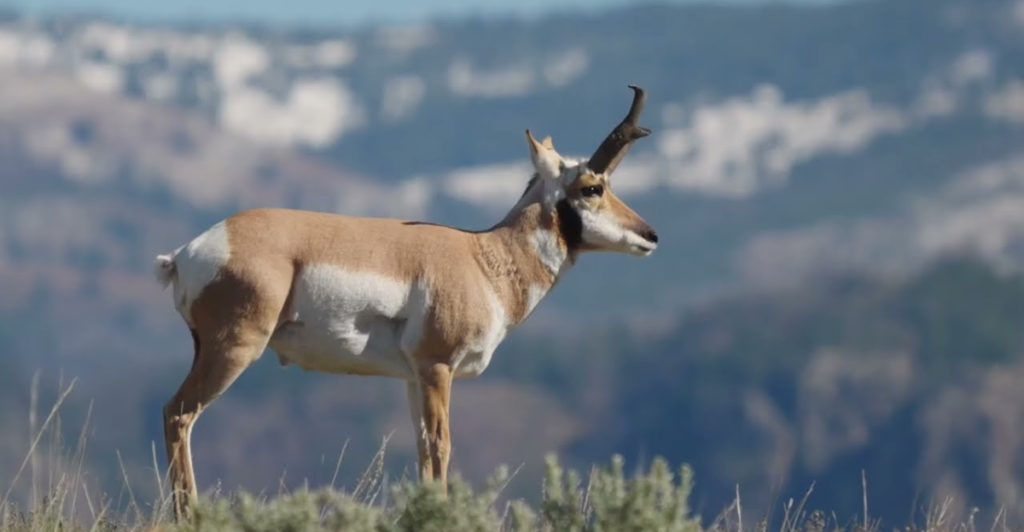
Moose, mule deer, and pronghorns weren’t just passersby. They played vital roles in Yellowstone’s ecological history. Their dung, identified through steroid markers, reveals their contributions to the landscape. These animals helped maintain biodiversity by interacting with the plants and smaller species that thrived alongside them.
How Did These Giant Herbivores Shape the Landscape?

For 2,000 years, large herbivores have influenced Yellowstone’s flora. Their grazing habits altered the landscape by reducing certain plants while encouraging others. Their dung fertilized soil, influencing water quality and plant growth in the region, making these herbivores key players in the park’s ecological story.
The Impact of Bison and Elk on Yellowstone’s Vegetation

Bison and elk didn’t just roam Yellowstone—they transformed it. By feeding on plants like willow and fescue, they shaped the park’s plant communities. Their heavy grazing impacted plant growth, resulting in changes in species composition, some of which created a balance between vegetation and other species.
Sediment Biomarkers: A Revolutionary Tool for Wildlife Research

Analyzing ancient sediment is changing how we understand wildlife. By identifying hormones from herbivore dung preserved in lake sediments, scientists can track animal populations across centuries. This method is revolutionizing wildlife research and offering a clearer picture of long-term animal impacts on ecosystems.
Changes in Yellowstone’s Ecosystem: From the 19th Century to Today
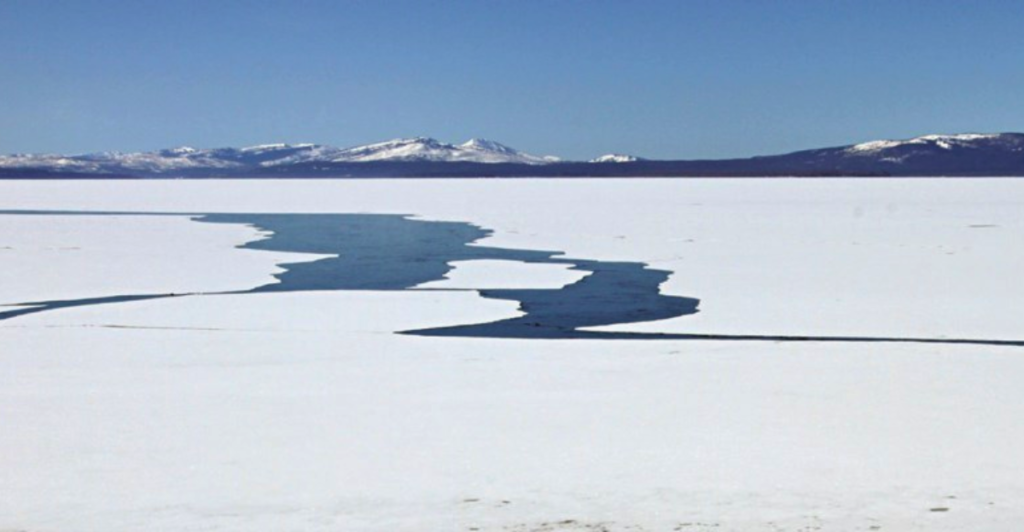
The 19th and 20th centuries saw a dramatic shift in Yellowstone’s ecosystem due to hunting and human intervention. Bison and elk populations, once abundant, were decimated. The study reveals that, following conservation efforts and bans on hunting, these populations have rebounded, reshaping the park’s ecological balance.
How Hunting and Human Interventions Changed the Herbivore Landscape
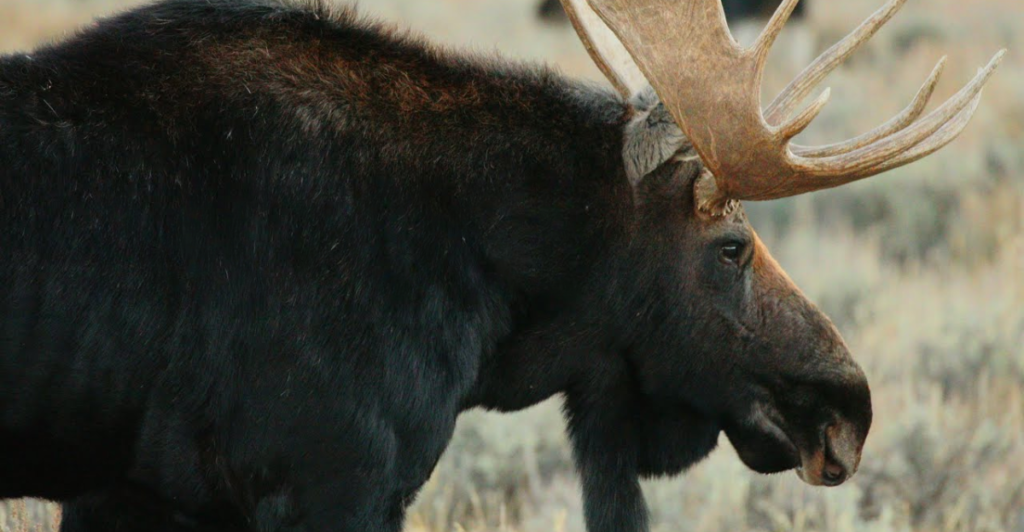
The near-extinction of bison and elk in the 1800s drastically altered Yellowstone’s landscape. As human activity disrupted their populations, many plants, once grazed by these giants, flourished. But with conservation measures in place, bison and elk have rebounded, making a comeback that brings both challenges and benefits to the park’s ecosystem.
The Hidden Influence of Herbivore Dung on Local Watersheds
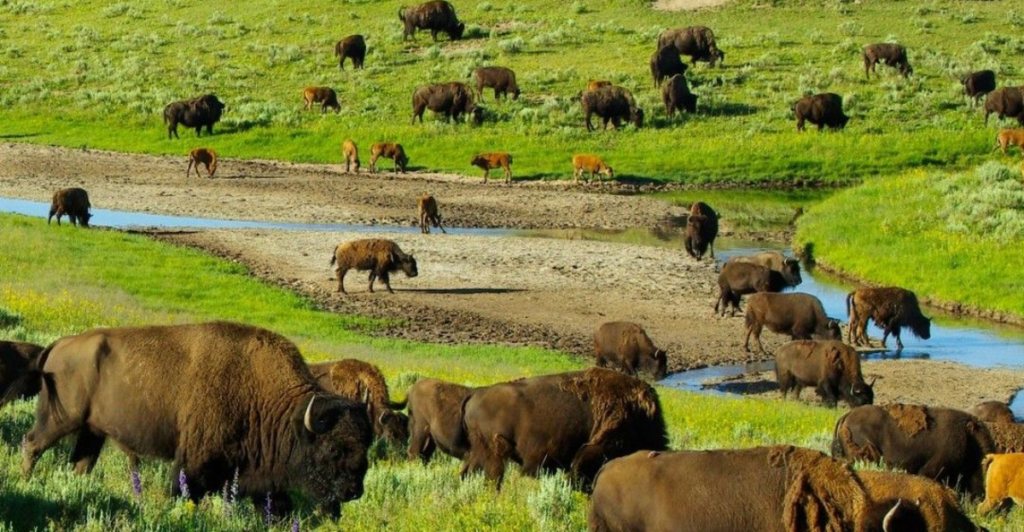
While it may seem insignificant, herbivore dung plays a major role in Yellowstone’s ecosystem. This ancient dung fertilized lakes and streams, influencing algae and diatom populations. Researchers found that the nutrients from dung helped sustain aquatic life, showing how interconnected herbivores are with both land and water ecosystems.
Winter Hay and Its Impact on Yellowstone’s Herbivore Populations
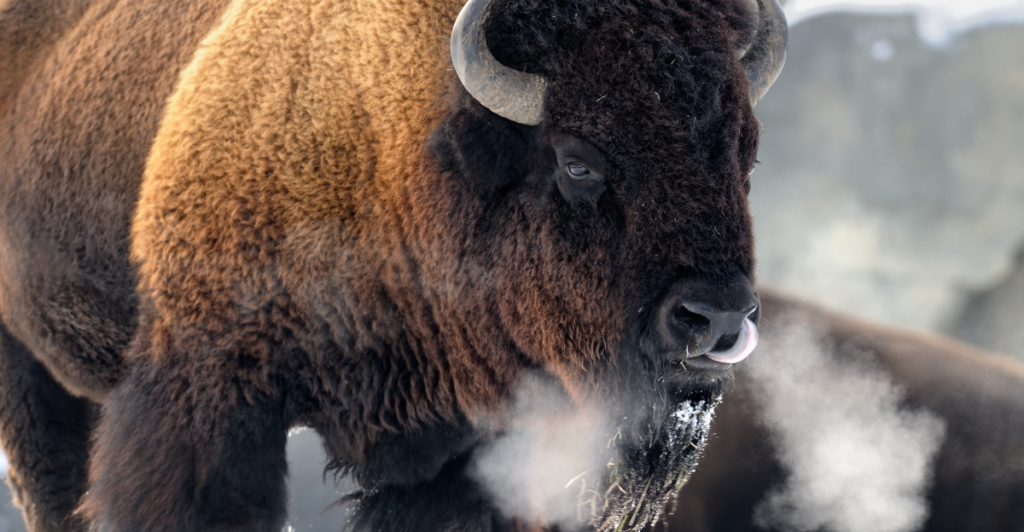
In winter, park managers supply hay to keep elk and bison in the park, a practice that extends their stay. But this intervention has consequences. The animals graze longer, putting pressure on local plant life and altering the delicate balance of Yellowstone’s ecosystems in ways researchers are still studying.
What Does This 2,000-Year-Old Data Mean for Future Conservation Efforts?

This ancient data gives wildlife managers valuable insight into herbivore behavior and its impact on Yellowstone’s ecosystem. Understanding how populations have shifted over time can help guide future conservation strategies, ensuring that these massive herbivores continue to thrive while preserving Yellowstone’s delicate ecological balance.
Discover more of our trending stories and follow us to keep them appearing in your feed

“There Will Be Eruptions”: Concerns Mount as Yellowstone Supervolcano Activity Shifts
The War on Cows Is Over—And Green Extremists Have Lost
Bobcats Are Making a Comeback—And They Might Be Protecting Us From Disease
California Is Breaking Apart: A Fault Line Is Forming Faster Than Anyone Predicted
References:
Reference 1
Reference 2
This article first appeared here
Stay connected with us for more stories like this! Follow us to get the latest updates or hit the Follow button at the top of this article, and let us know what you think by leaving your feedback below. We’d love to hear from you!







